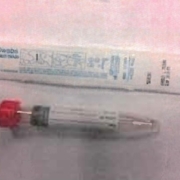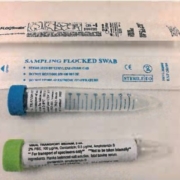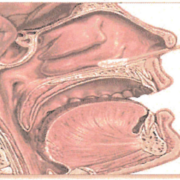The HIV Ag/Ab Combo, 4th generation assay is an in vitro diagnostic immunoassay for the simultaneous qualitative detection of human immunodeficiency virus p24 antigen and antibodies to human immunodeficiency viruses type 1 (including group “O”) and type 2, in serum. This assay is intended to be used as an aid in the diagnosis of HIV infection in pediatric and adult populations, including pregnant women. This new assay replaces the current HIV 1/O/2 antibody assay. The current HIV Antibody screen reported by NICL Laboratories reports all of the above except the p24 antigen. Adding p24 antigen to the screen allows for earlier detection of infection.
Human immunodeficiency virus type 1 has been identified as the primary cause of acquired immunodeficiency syndrome. This retrovirus, a member of the lentivirinae subfamily, is spread by sexual contact, exposure to infected blood or blood products, and perinatal transmission. In 1986, human immunodeficiency virus type 2 was isolated from AIDS patients in West Africa. These viruses share epitopes of the core proteins, but exhibit little or no cross-reactivity between the envelope glycoproteins.
Comparison of the nucleic acid sequences for HIV-1 and HIV-2 shows approximately 60% homology in the conserved genes, such as gag and pol (encoding core proteins), and 30 to 40% homology in less conserved regions (encoding envelope proteins). HIV-1 has been subdivided into group M (subtypes A-H) and group O.
The route of transmission of HIV-1 and HIV-2 are the same; however, the transmission and the viral replication rate are much lower in HIV-2 infections. Clinical studies have shown that in HIV-2 infections there is a slower disease progression than in HIV-1 infections. In HIV-2 infections there is a slower rate in the decline of CD4 T cells and reduced viremia. Individuals infected with HIV-2 generally have a better clinical outcome.
A reactive result using the Siemens Atellica CHIV assay does not distinguish HIV-1 p24 antigen, HIV-1 antibody, HIV-2 antibody, and HIV-1 group O antibody. Specimens that are initially reactive should be retested in duplicate. Repeat reactivity is highly predictive of the presence of antibody to HIV-1 and HIV-2 in specimens from people at risk for HIV infection. Specimen that show a repeat positive will be followed-up with appropriate supplemental tests for HIV-1 and HIV-2 antibody and/or p24 antigen testing. NICL Laboratories will reflex a confirmatory test which will also differentiate between HIV-1 and HIV-2.
Reference: Siemens Atellica CHIV instructions for use

